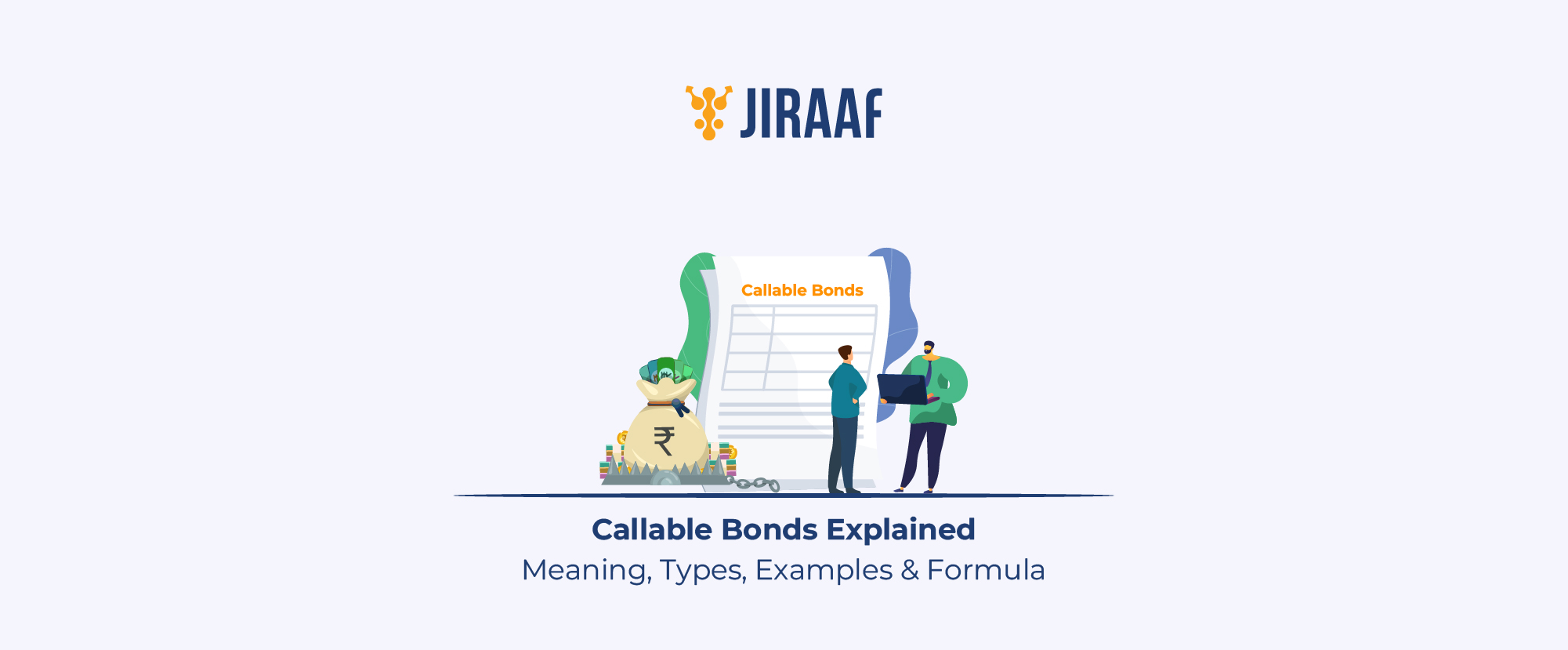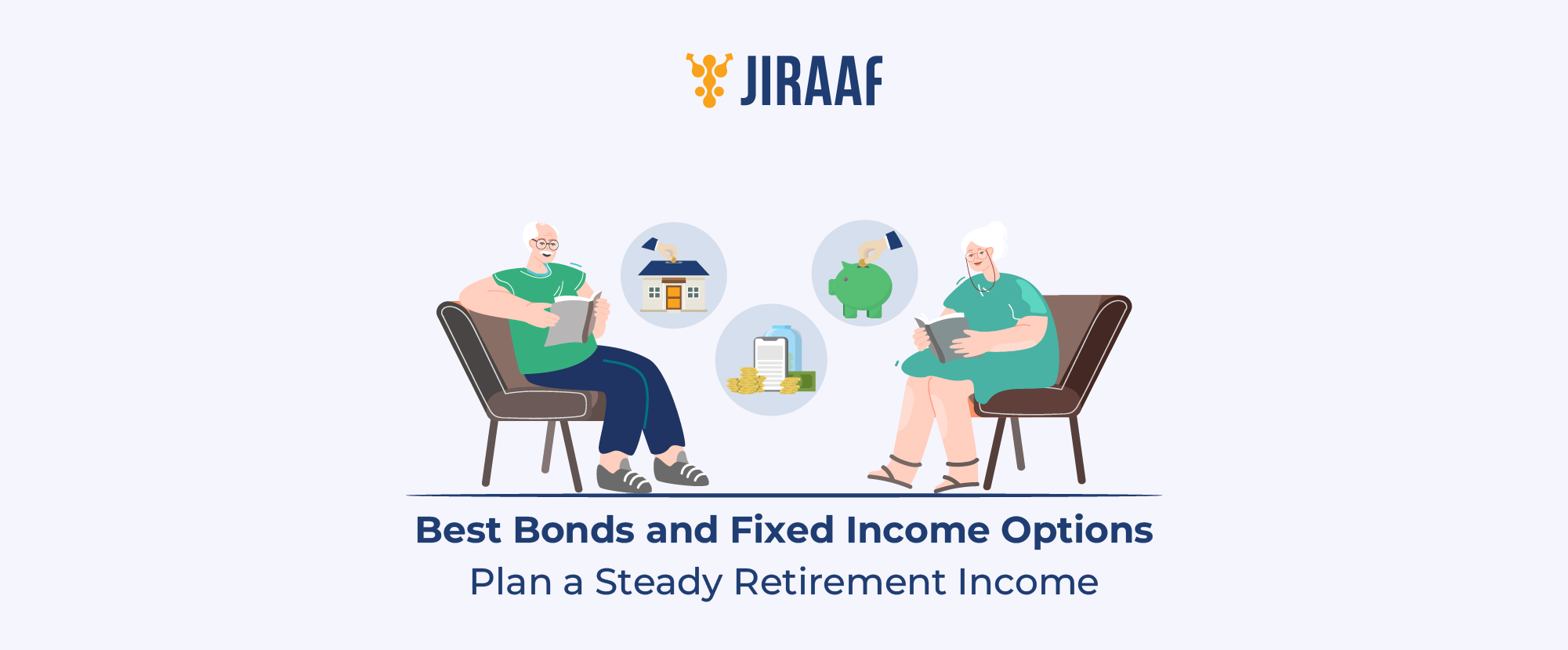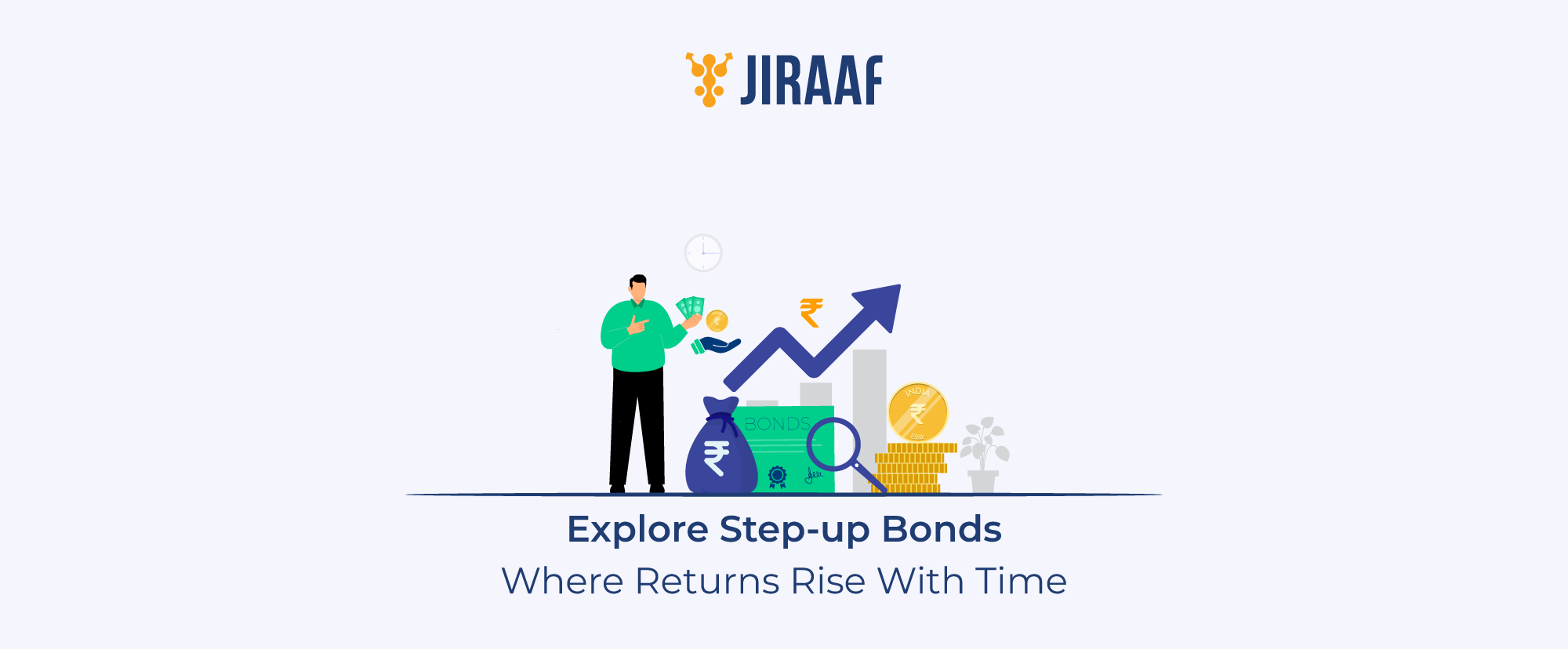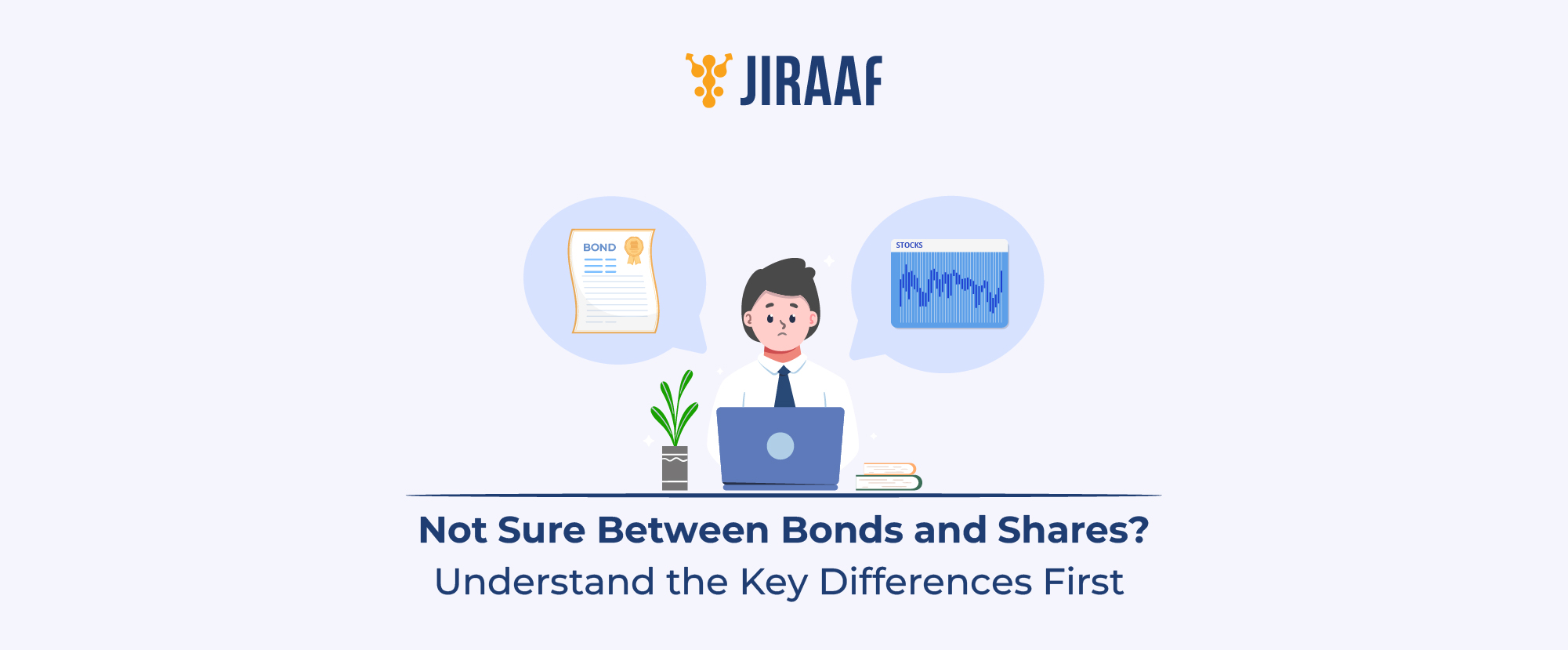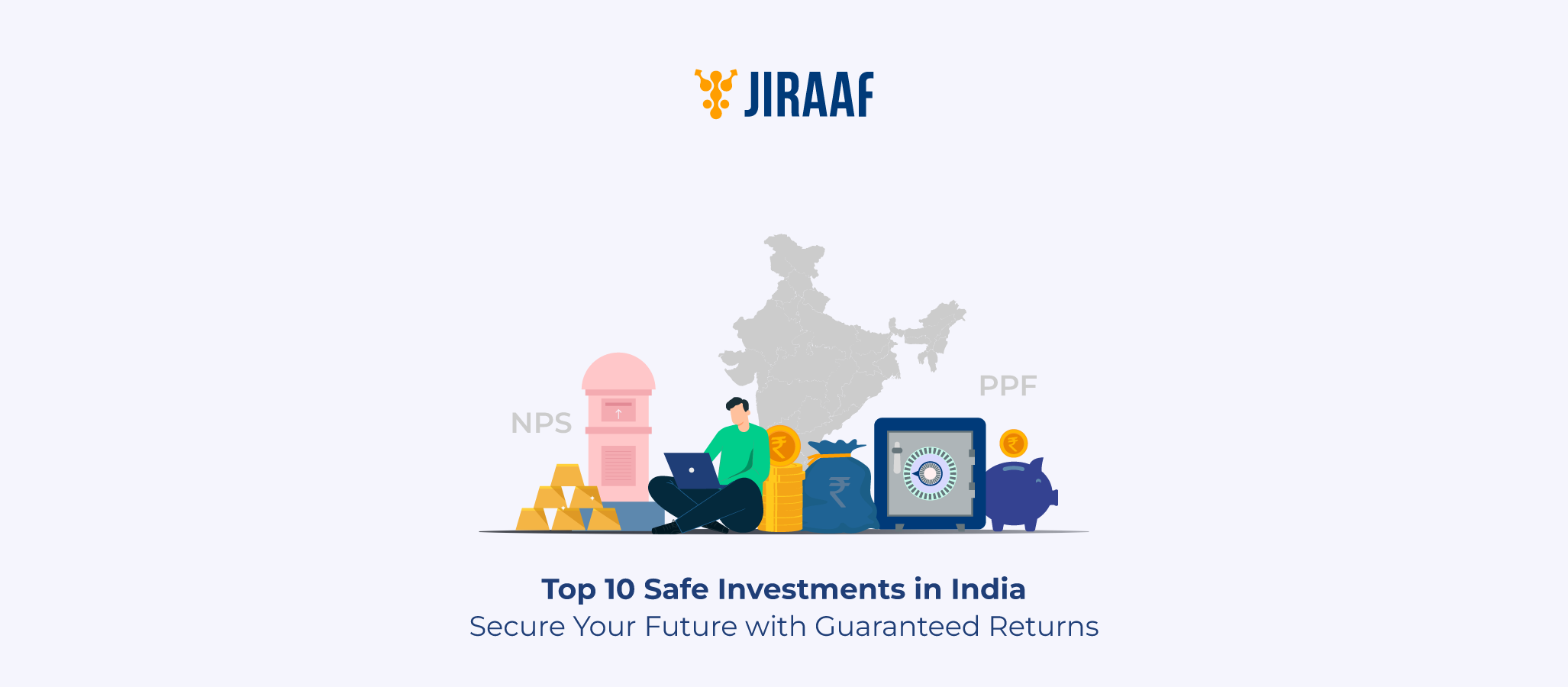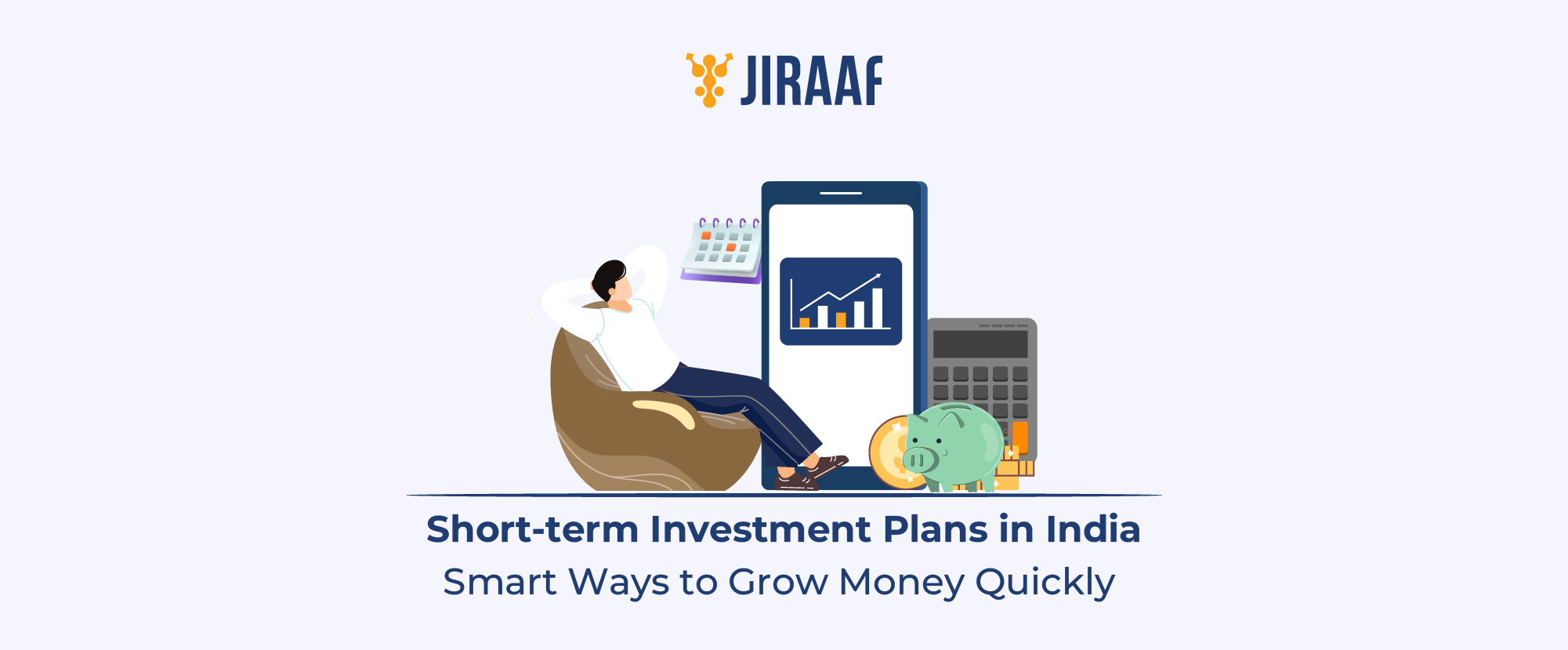A company issues a 10-year bond to raise funds for a new plant. Five years later, interest rates crash, yet the company must still pay bondholders the originally agreed higher rate, well above what new bonds in the market are offering.
Continuing with such payments is a costly burden, and no company would want to absorb that loss for the rest of the term. The natural solution is to repay bondholders early and refinance by issuing new bonds at lower rates. This flexibility is exactly what callable bonds are designed to offer. This is precisely why issuers use callable bonds.
In this blog, we will explore what a callable bond is, outline its key features, discuss real-life examples, and highlight why they matter in today’s bond market. Let’s dive in.
What are Callable (Redeemable) Bonds?
Callable bonds, also known as redeemable bonds, give the issuer the flexibility to “call back” or redeem the issued bonds before their maturity. These bonds come with a call option. The issuer can exercise their call option based on specific conditions clearly mentioned in the bond certificate.
These conditions may include a call date (the earliest date when redemption is allowed), a call price (the amount paid to bondholders upon redemption), and a call protection period (a time frame during which the bond cannot be called).
When the issuer calls the bond, they repay investors the call price, which usually consists of the bond’s face value plus accrued interest, and in some cases, a call premium (the extra amount a bond issuer pays investors when redeeming a callable bond).
Early redemption generally happens when market interest rates decline, as it allows issuers to refinance their debt at a lower cost.
Issuers prefer callable bonds because they provide greater flexibility in managing debt obligations. For investors, these bonds compensate for the risk of early termination by offering higher yields compared to non-callable bonds.
How do Callable Bonds Work?
Callable bonds work much like non-callable bonds by providing investors with periodic interest payments and the assurance of repaying the principal amount at maturity. The key difference lies in the callable bond’s built-in call feature. The call option gives the issuer the right, but not the obligation to call back its issued bonds before maturity. However, the issuer can only redeem their bonds before maturity once the call protection period has ended and not before.
Once the call option is exercised, the bond contract ends, and the issuer has to repay investors the principal amount at the predetermined call price.
The call price is usually set at a premium to compensate bondholders for the early termination of their investment. In practice, issuers typically call bonds when market interest rates decline, enabling them to replace high-cost debt with new bonds issued at lower rates.
This flexibility explains how callable bonds work and why they are widely used in callable bonds India markets as part of issuers’ refinancing strategies.
Did you know that some bonds give you the choice of selling your bonds back to the issuer if the market conditions become unfavorable? These are called puttable bonds.
Coming back to the topic, while callable bonds are available in India too, they are more popular in western markets. There are multiple types of callable bonds available in the western markets. Let us take a look at them.
Types of Callable Bonds
Callable bonds are available in various types in the western markets. And they don’t come in a single form; each type carries its own rules on when and how an issuer can redeem them.
- American Callable Bonds
These bonds allow the issuer to call back the bond at any time after the call protection period ends.
- European Callable Bonds
The issuer can only call back the bond on a specific date mentioned in the contract.
- Bermudan Callable Bonds
These bonds give issuers the right to call them back on predetermined dates set in advance.
- Sinking Fund Callable Bonds
In this type, the issuer redeems a portion of bonds periodically through a sinking fund until maturity.
Now that you know the different types of callable bonds, the next step is to understand how they are valued. Let us discuss the process in detail.
How is the Value of a Callable Bond Calculated?
The value of a callable bond is calculated using a simple relationship:
Callable Bond Price = Price of a Regular Bond – Price of the Call Option
Here, the price of a regular bond represents what a standard bond with similar features would be worth. The price of the call option reflects the cost of giving the issuer the right to redeem the bond before maturity. By subtracting this option cost, we arrive at the fair value of a callable bond.
Valuing a callable bond shows us that investors essentially pay the price of flexibility granted to the issuer. But flexibility is a double-edged sword, it creates certain advantages while also introducing risks. Let’s look at the key benefits and drawbacks of callable bonds.
Advantages and Disadvantages of Callable Bonds
Callable bonds come with unique features that can work in investor’s favor, provided they understand the trade-offs. Let’s start with the key advantages.
Advantages
- Higher Yield Compensation
Issuers pay higher coupons on callable bonds to compensate investors for the embedded call option, so investors start with better income than on comparable non-callable bonds.
- Diversification of Fixed-Income Portfolio
Including callable bonds adds exposure to a different risk-return profile, helping investors diversify within fixed-income assets.
- Call Premium Benefit
Some callable issues include call premiums or make-whole provisions that meaningfully compensate investors if the issuer redeems early, reducing net loss from reinvestment.
These benefits come with strings attached. Callable bonds also carry risks that can directly affect your returns and portfolio strategy. Here are the main drawbacks to consider.
Disadvantages
- Reinvestment/Call Risk
When rates fall and the issuer calls the bond, investors face reinvestment risk. Investors will have to replace the income at likely lower market rates, potentially reducing realized returns.
- Price Appreciation is Capped
Because the issuer can call the bond when rates drop, the bond’s price cannot rise freely; upside is limited relative to non-callable bonds. Hence, capital gains potential is constrained.
- Valuation and Yield Complexity
Investors must track yield-to-call, call dates, protection periods and call provisions (e.g., make-whole vs traditional calls), which complicates valuation and portfolio planning.
While callable bonds offer higher yields to offset their inherent risks, you can also choose to invest in non-callable bonds, depending on your risk tolerance and market outlook. Let us understand the fundamental differences between callable and non-callable bonds for better understanding.
Callable Bonds vs Non-Callable Bonds
While callable bonds provide flexibility to the issuer, non-callable bonds provide investors with certainty of repayment structure. Here is an in-depth comparison of callable bonds vs non-callable bonds.
| Aspect | Callable Bond | Non-Callable Bond |
| Early Redemption Rights | Issuer can redeem bond before maturity at predetermined dates and prices | Cannot be redeemed by issuer before scheduled maturity date |
| Interest Rate/Yield | Offers higher coupon rates to compensate for call risk | Offers lower interest rates with guaranteed payments until maturity |
| Investor Risk Profile | Higher risk due to potential early redemption and reinvestment challenges | Lower risk with predictable income stream until maturity |
| Issuer Flexibility | High flexibility to refinance when interest rates decline | No flexibility; must pay agreed rate until maturity regardless of market changes |
Conclusion
Callable bonds highlight the trade-off between flexibility for issuers versus certainty for investors. However, the key to successful bond investing is balance.
If you value predictability, non-callable bonds may suit you better. But if you’re comfortable with a little more complexity and want the chance to earn higher returns, callable bonds can play a smart role in your portfolio.
